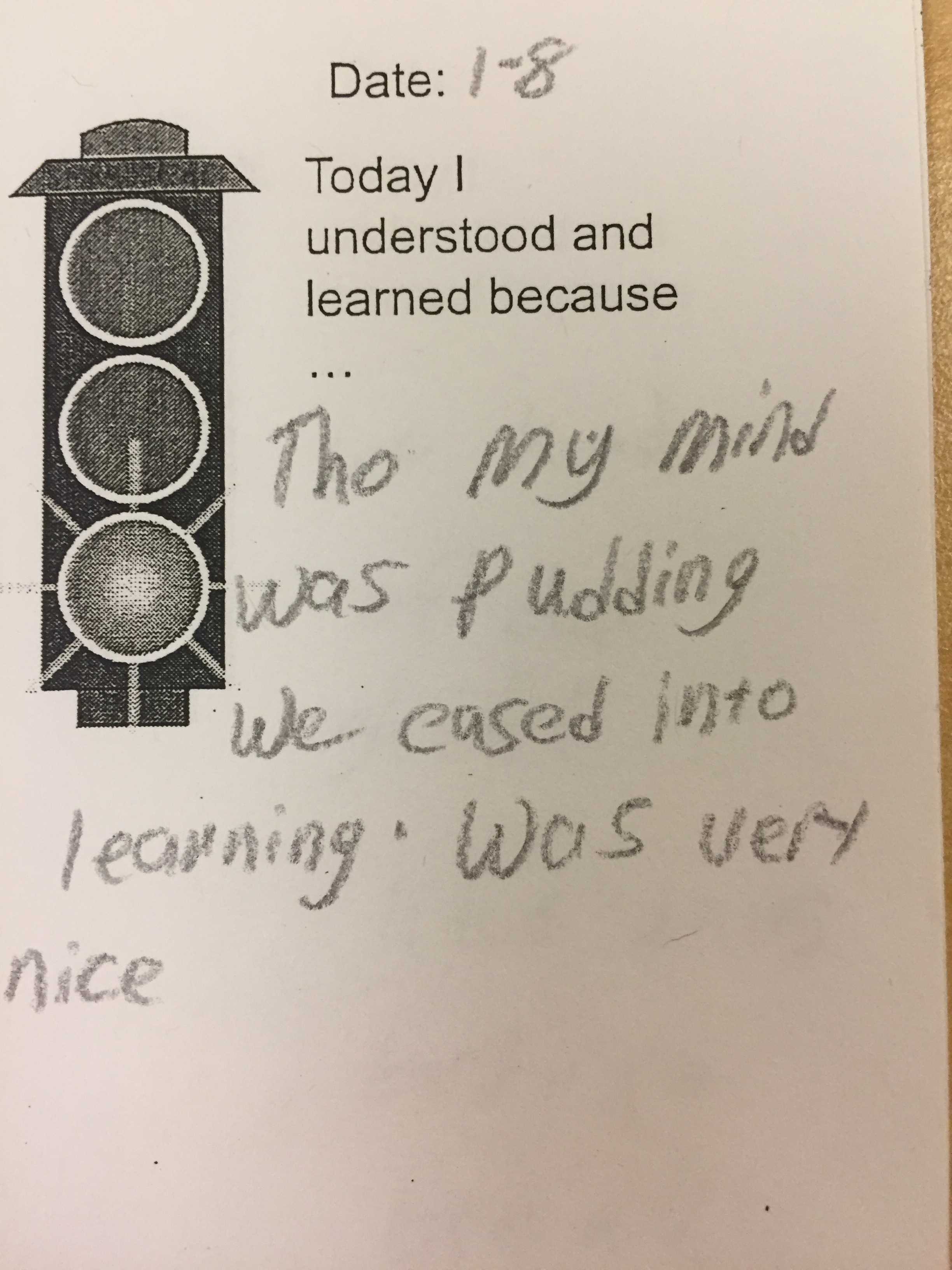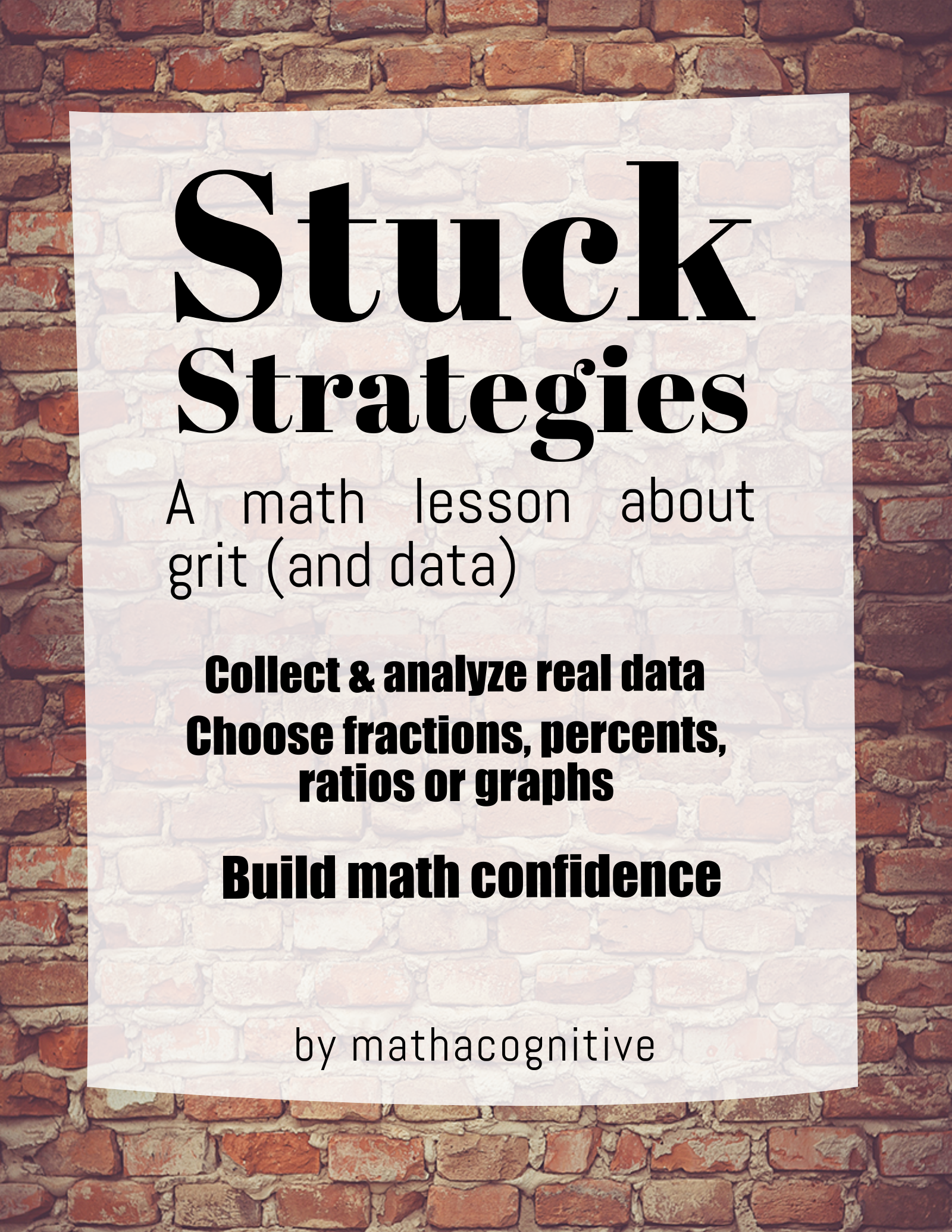My favorite recipes, aren’t really recipes. Or at least, they’re not fixed recipes, they’re a format you can riff on. Sometimes I make that pasta with broccoli and lemon and chickpeas; and sometimes the broccoli is kale, or spinach. And sometimes the lemon is Parmesan, or sun-dried tomatoes, or left out and the chickpeas are veggie sausage…. You know those recipes, right?
Some of my favorite math lessons are what I call “math about learning.” I love them because I love learning, and love talking about learning. But, really, they’re that pasta recipe. I use broccoli and learning, but you could swap in whatever you and/or your students love.
The basic idea is to conduct a mini-survey about SOMETHING and analyze your data.
Why I love these lessons
It shows students math as a useful tool for understanding the real world. Especially if they’re invested in the topic or questions.
I love talking about learning, so I do. But, for the multi-subject ABE teachers who are passionate about something other than math, it lets them connect that passion to the classroom.

Here’s the recipe:
(Here’s a 2-page Google Doc to help you plan your lesson)
Introduce your topic: Share your content, have a discussion, get your students interested in the thing, whatever your thing is.
I do learning. You do you. Science, or music, or sneakers, or social issues, or sports, or dogs, or whatever your thing is.
Write some survey questions (or get your students to write them with you) and collect some data. A show of hands, a secret ballot, peer interviews, standing in corners of the room. Take your pick, or make your own.
Pro tip: Spectrum or rating questions translate nicely to number lines (perhaps with decimals or fractions or signed numbers)
Analyze your data. Give your students a task and math skill: Find the percent of the class who said ____; make a bar graph of responses to question __; calculate the median rating of ___.
In short, simple stats are your friend. Depending on how you structure your questions and your task, this can be decimals, fractions, percents (and/or converting between them), ratios/proportions, signed numbers, mean/median/mode, charts, tables, graphs (or work your graphs right and you can fit some geometry in) or probably other things I haven’t thought about yet.
Extend, maybe.
Make a display of your data, or write a ‘statistical analysis’ and feel fancy (and get some great learning/ELA connections).
Connect it to statistics. Talk about samples, and population, and bias. Can we make predictions based on our data about the school/town/state?
( PS. This post was inspired by a workshop I planned for the Massachusetts Coalition for Adult Education Network Conference in April.
NETWORK has been cancelled for public health reasons. I respect the decision, wish everyone good health… and am going to be offering a digital version. )
PPS. I don’t believe in math people and non math people. I do believe in helping all teachers — including multi-subject ABE teachers who don’t love math (yet!) — achieve.
Here’s the workshop description: Anyone can learn math … but for teachers who did not have positive math education experiences themselves, teaching math can be stressful. Still, it’s part of the job for many multi-subject adult educators. We’ll explore some of the research on math and learning and discuss how people who don’t identify with math can use their unique strengths to help their students succeed



